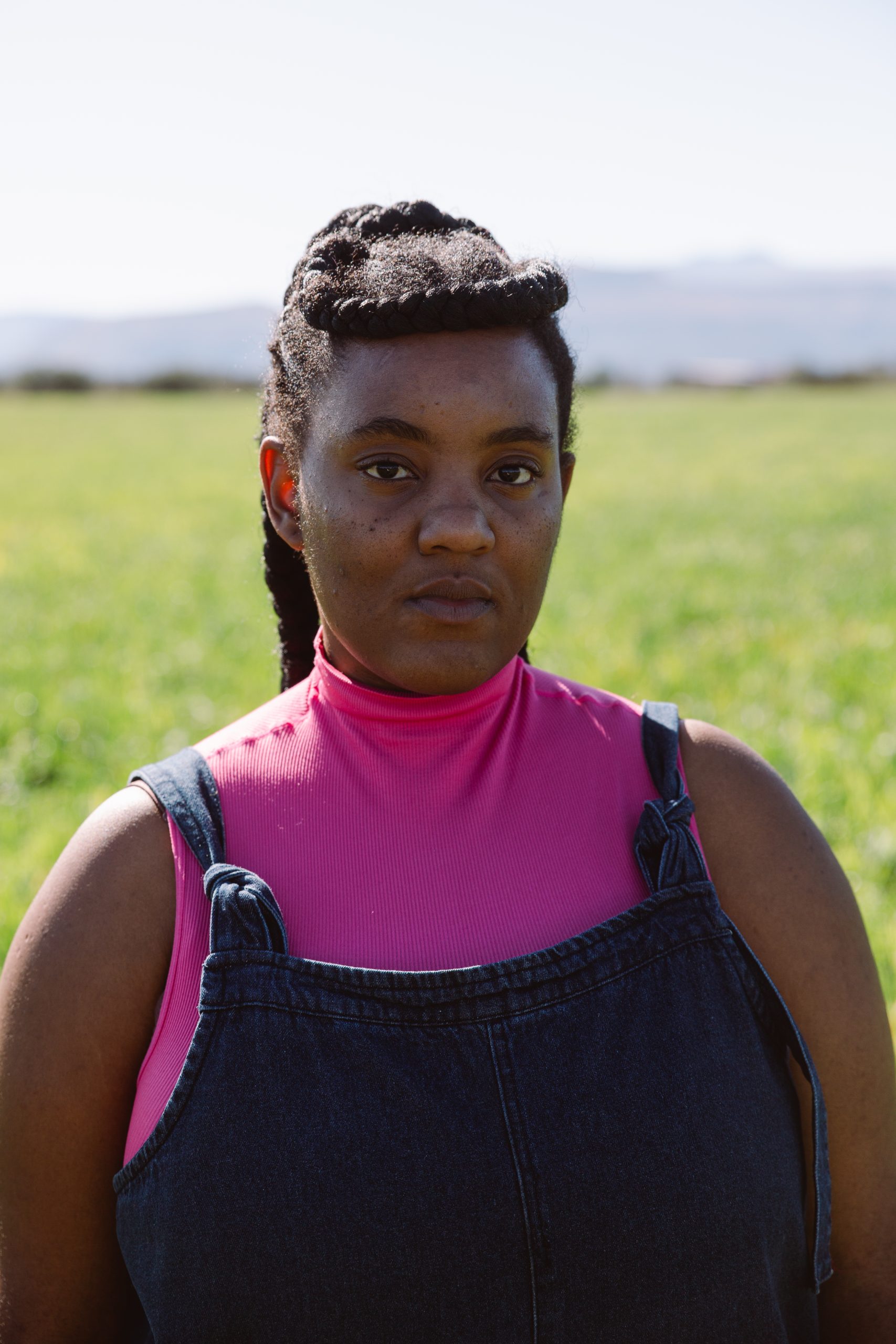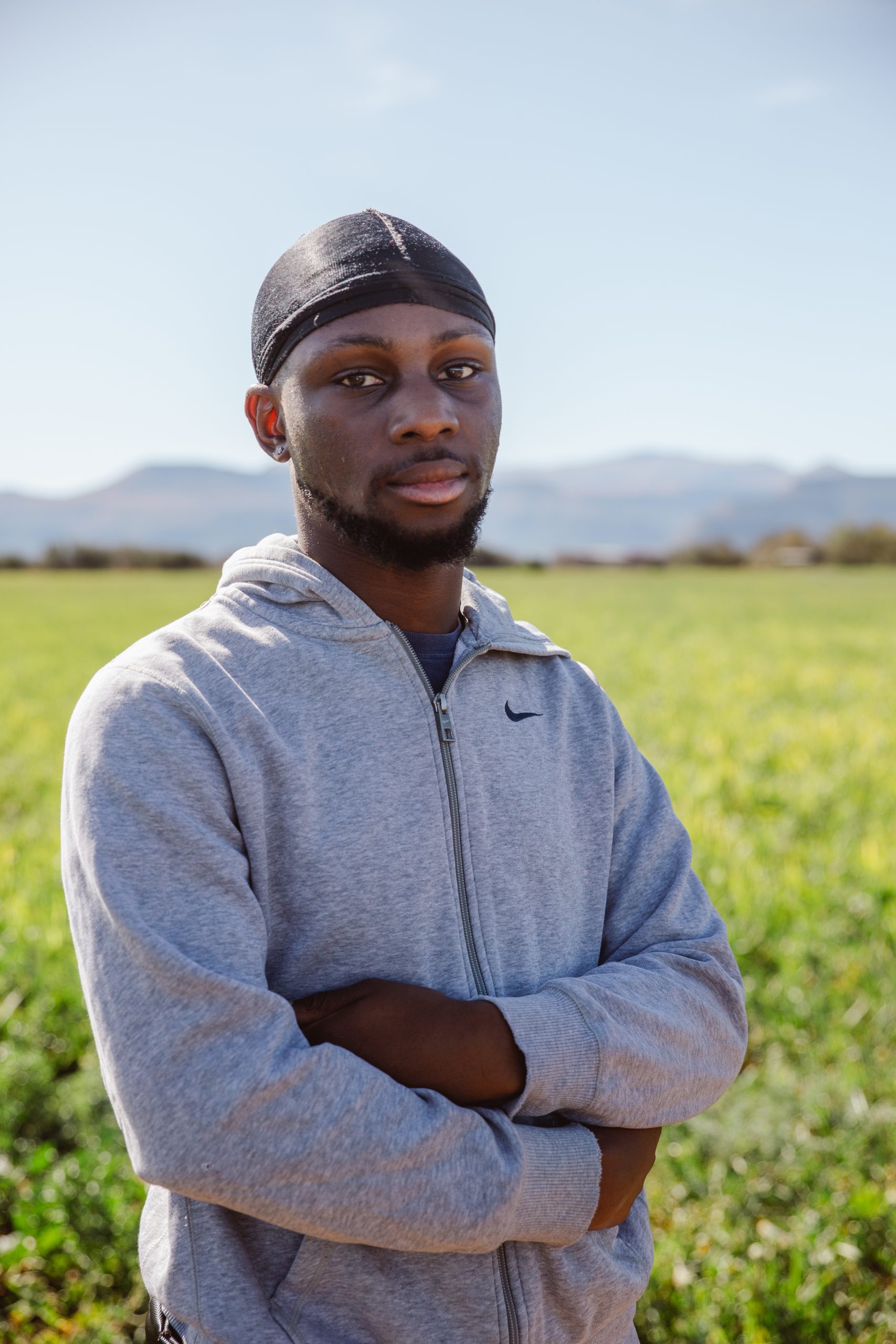It bears repeating that sustainability in fashion has always been about more than just recycled plastic bottles, all-star ambassadors or donating previously-loved clothing. As Erica de Greef of the African Fashion Research Institute puts it; it’s a holistic practice. A practice which prioritises community, the planet and decolonisation to best succeed. This is what makes True Fashion’s Season 2 focus on mohair so poignant.
In its first iteration, the program spearheaded by the French Institute of South Africa, Goethe Institute and Franco-German Cultural Fund brought together 5 South African fashion designers to receive mentorship from Lukhanyo Mdingi, Nadine Gonzalez, Olga Pham, and Buki Akomolafe to challenge the exploitative nature of the fashion industry. Two of the designers from the 2021 program, Zaza Hlalethwa and Khumo Morojele were brought back for Season 2 to collaborate with students from the French fashion school Casa93. Isis-Christana Mbango and Freddy Lassey paired off with Hlalethwa and Morojele to work on mohair-inspired outfits.
Mohair is one of the oldest textile fibres in the world, coming from the hair of Angora goats. Known as the ‘diamond fibre’, it’s often used in luxury garments, in the same vein as silk and cashmere and South Africa happens to be one of the largest producers of it in the world. Yet you won’t find many locals wearing it all that often.
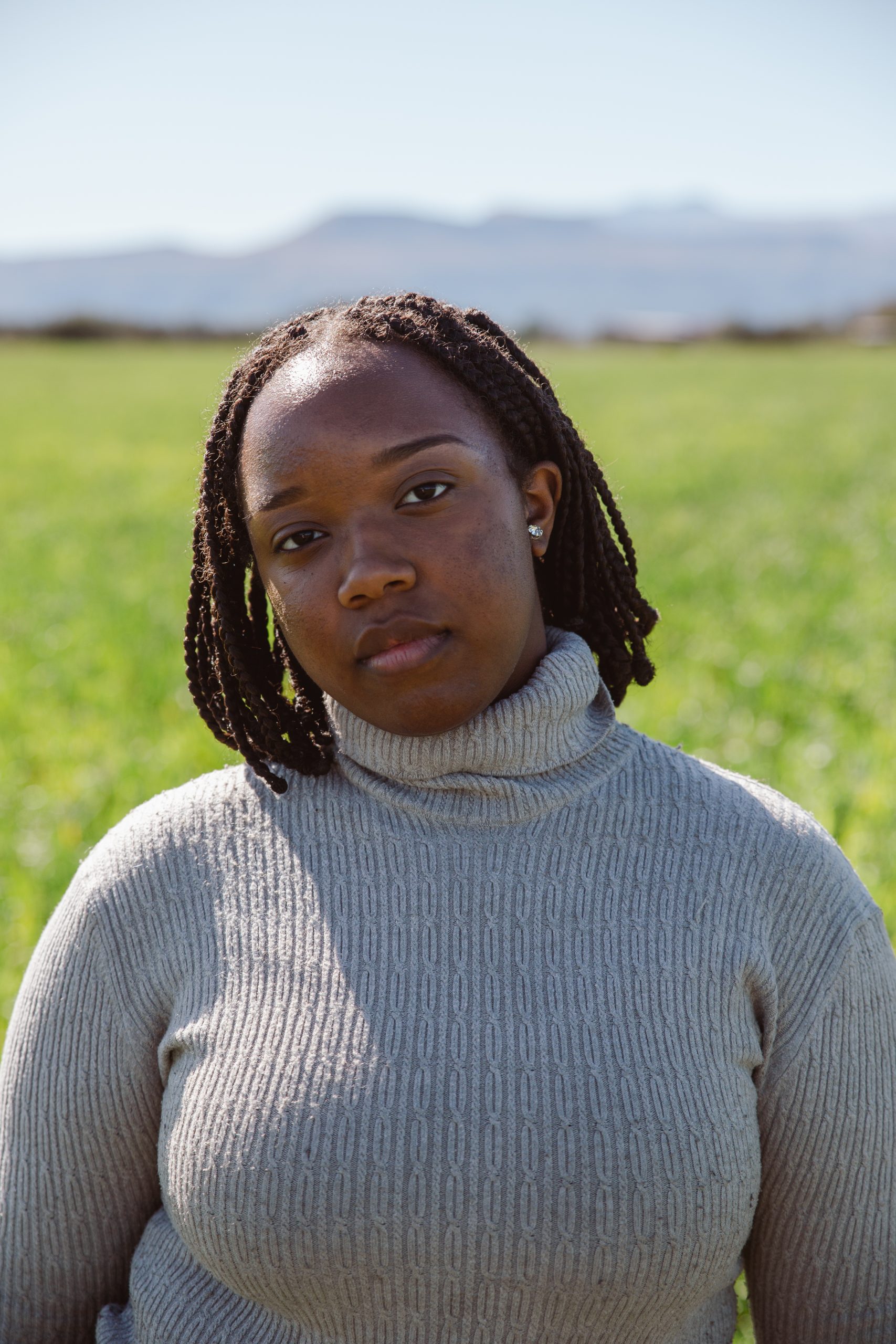
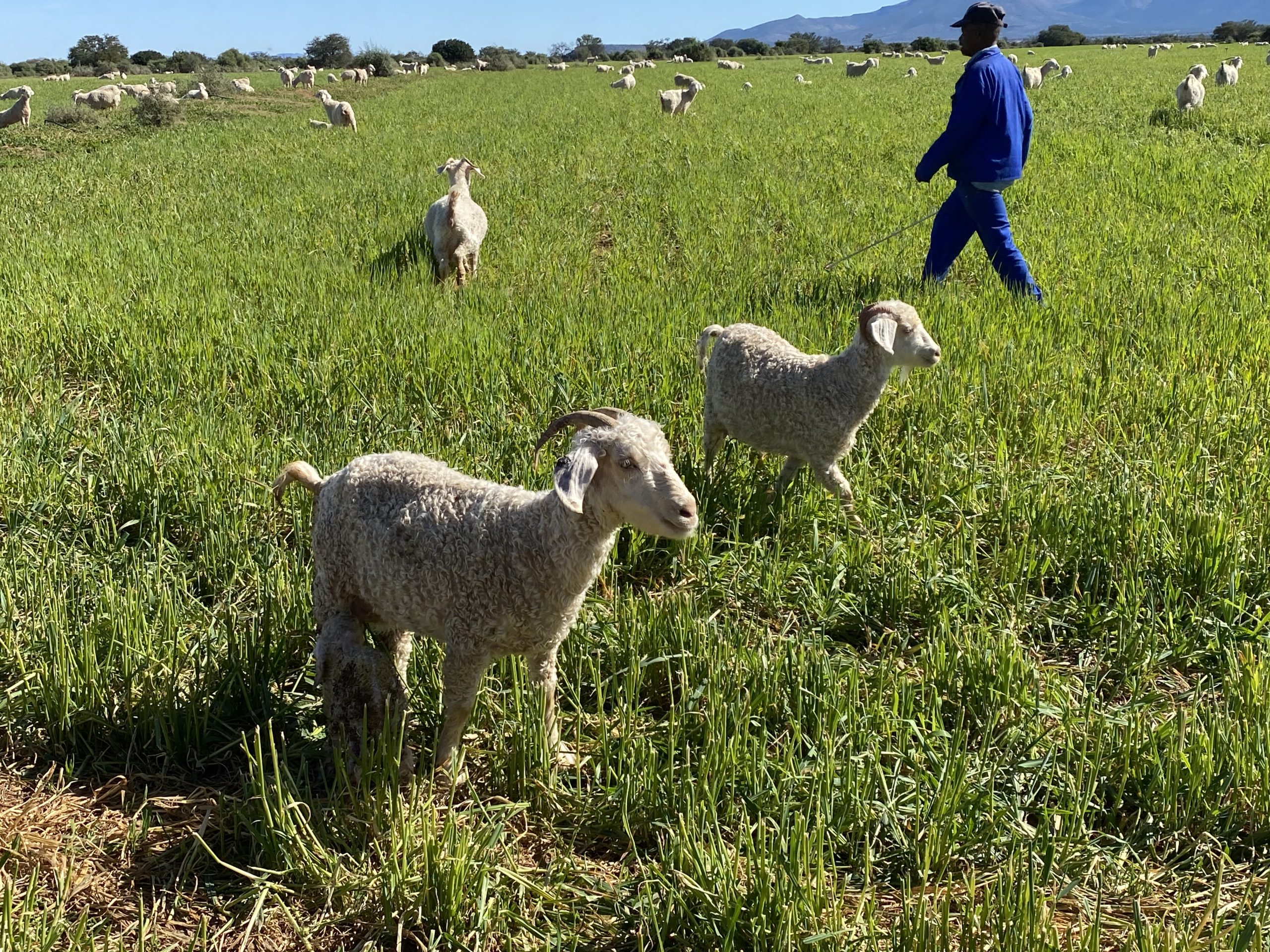
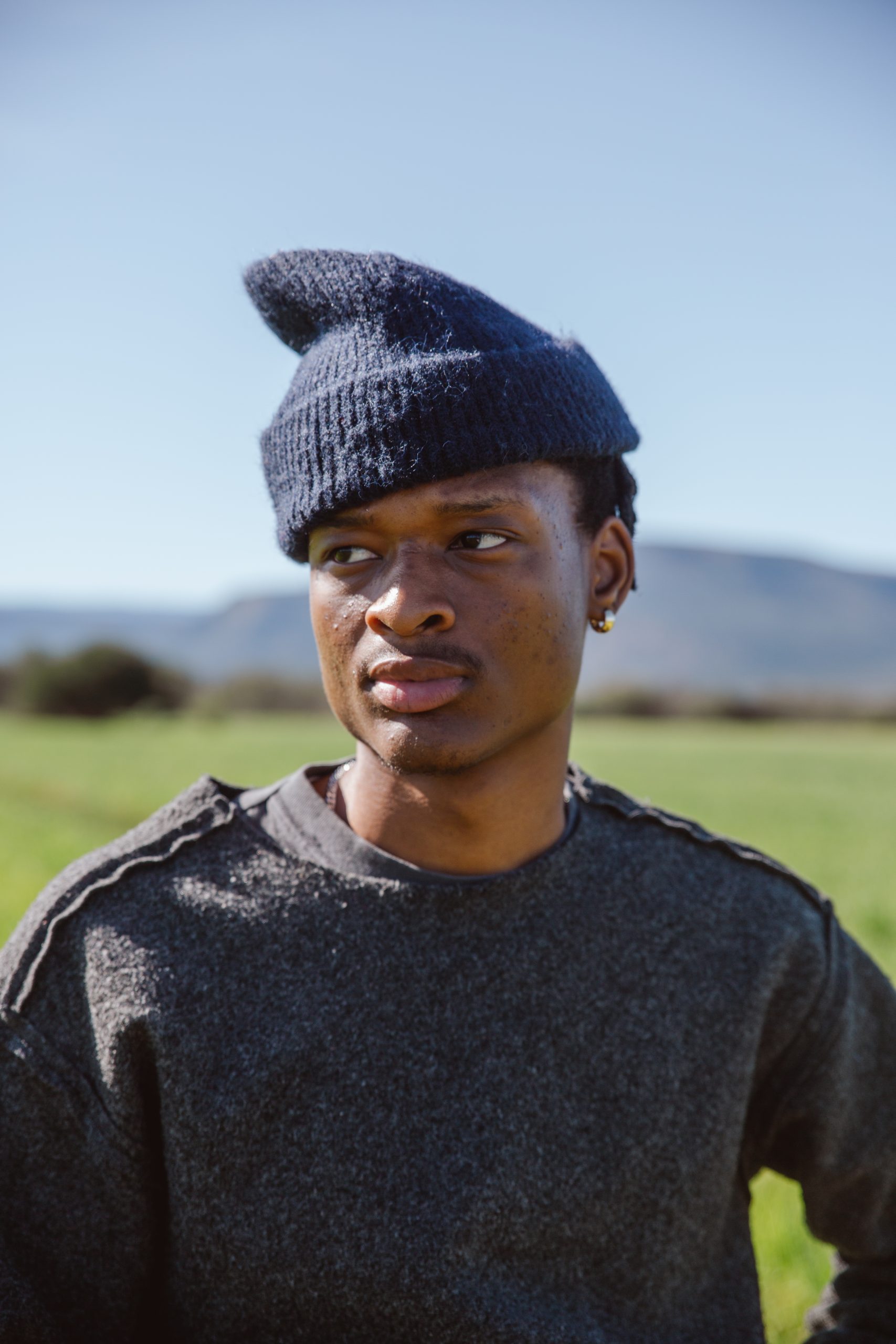
Similar to our production of other precious natural resources, it’s shipped off to the rest of the world for processing and returned to us as products, often at a premium. In 2020, South African Fashion Week partnered with the South African Mohair Cluster to champion the local mohair industry by having 20 local designers work on collections utilising the textile. One of the participants, Mmuso Maxwell noted the difficulty of being able to utilise this fibre to its best due to the lack of infrastructure in South Africa.
In the decades before democracy, the country had a thriving local textile industry able to card, weave, knit, sew and trim garments but the combination of corrupt Apartheid administration leading to a complacent supply chain and the arrival of cheap, imported goods has since made South Africa a very difficult place to produce textiles and clothing locally. The Angora goat is not native to Southern Africa but was brought over in the early 19th century by colonial powers where it managed to thrive. The story of mohair thus becomes a powerful collage of imperialism, capitalism’s counterintuitive use of resources and labour, and the postcolonial agency and the struggle to reconcile that which we’ve been left with and that which we must protect and save.
“[It’s] about a reclaiming,” Hlalethwa explains the CARJACK theme chosen for the Casa93 showcase at Paris Fashion Week where the True Fashion outfits were presented. Morojele adds, “It represented a reclamation–taking something that’s ‘not yours’ and breaking down the doors.”
The True Fashion designers began their journey through a visit to the Karoo, the home of angora and mohair. In the town of Graaff-Reneit, the Hlalethwa, Morojele, Mbango and Lassey were introduced to the natural, economic and professional ecosystem of mohair. Over 30,000 people depend on this ecosystem which results in R1.5 billion for the economy. A common greenwashing misconception is that all animal-derived fibres are inherently cruel and bad for the world and while this has proven to be true in the case of mass-production in the fur and leather industries, South African mohair is notable for an almost industry-wide understanding of ethical sourcing. No natural fibre is without its dark sides–modern cotton farming can be dangerously water-intensive, overly dependent on pesticides and in some cases utilises forced labour–but communities in the global South have proven several times that slow, indigenous approaches to production are the key to keeping these natural fibres around for a long time. Natural fibres are preferable to synthetics like polyester and acrylic for their ability to biodegrade, their lower impact on the environment and their inherent properties for warmth, water-resistance, cooling and even inhibiting bacteria as is the case with linen.
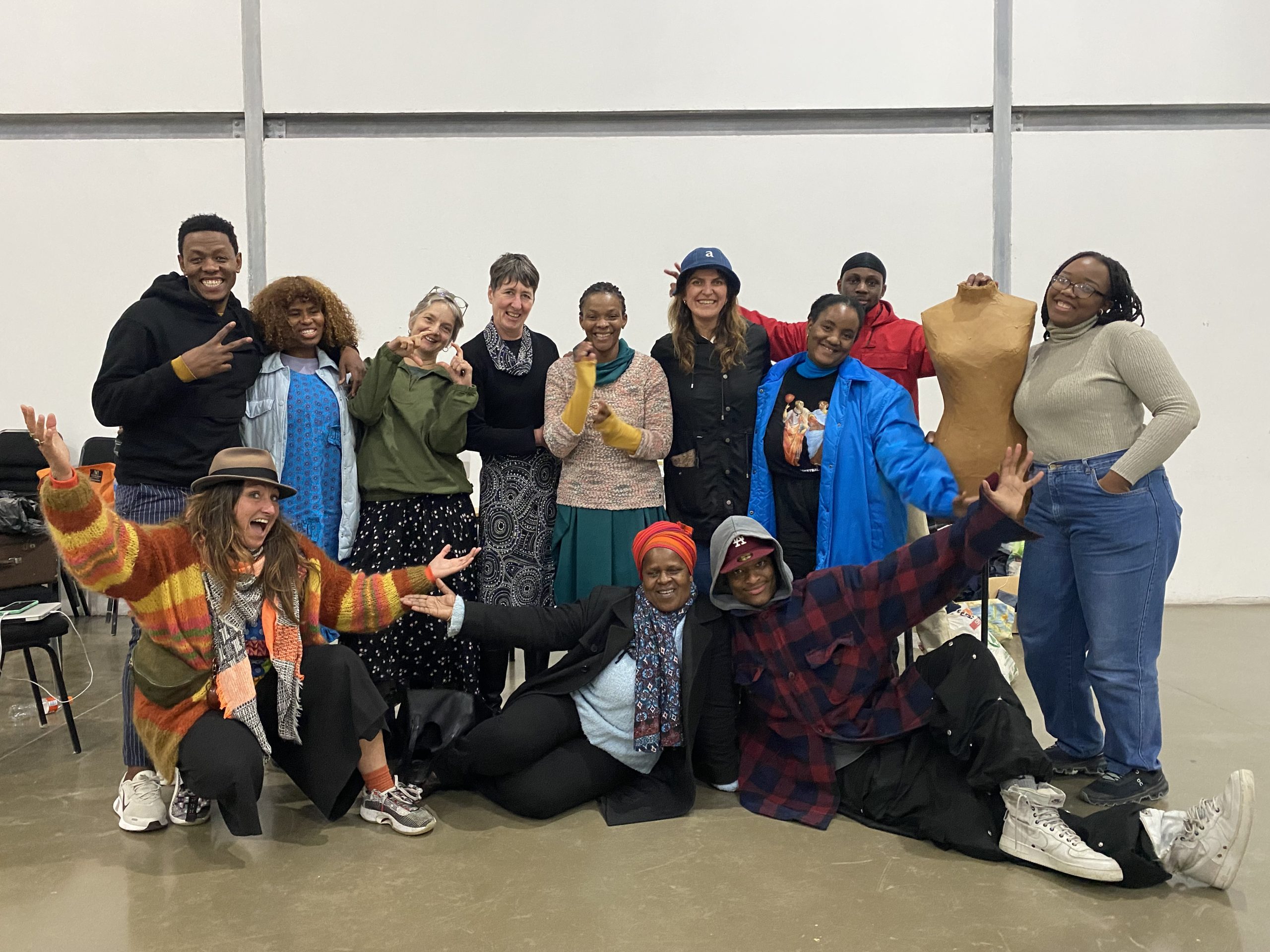
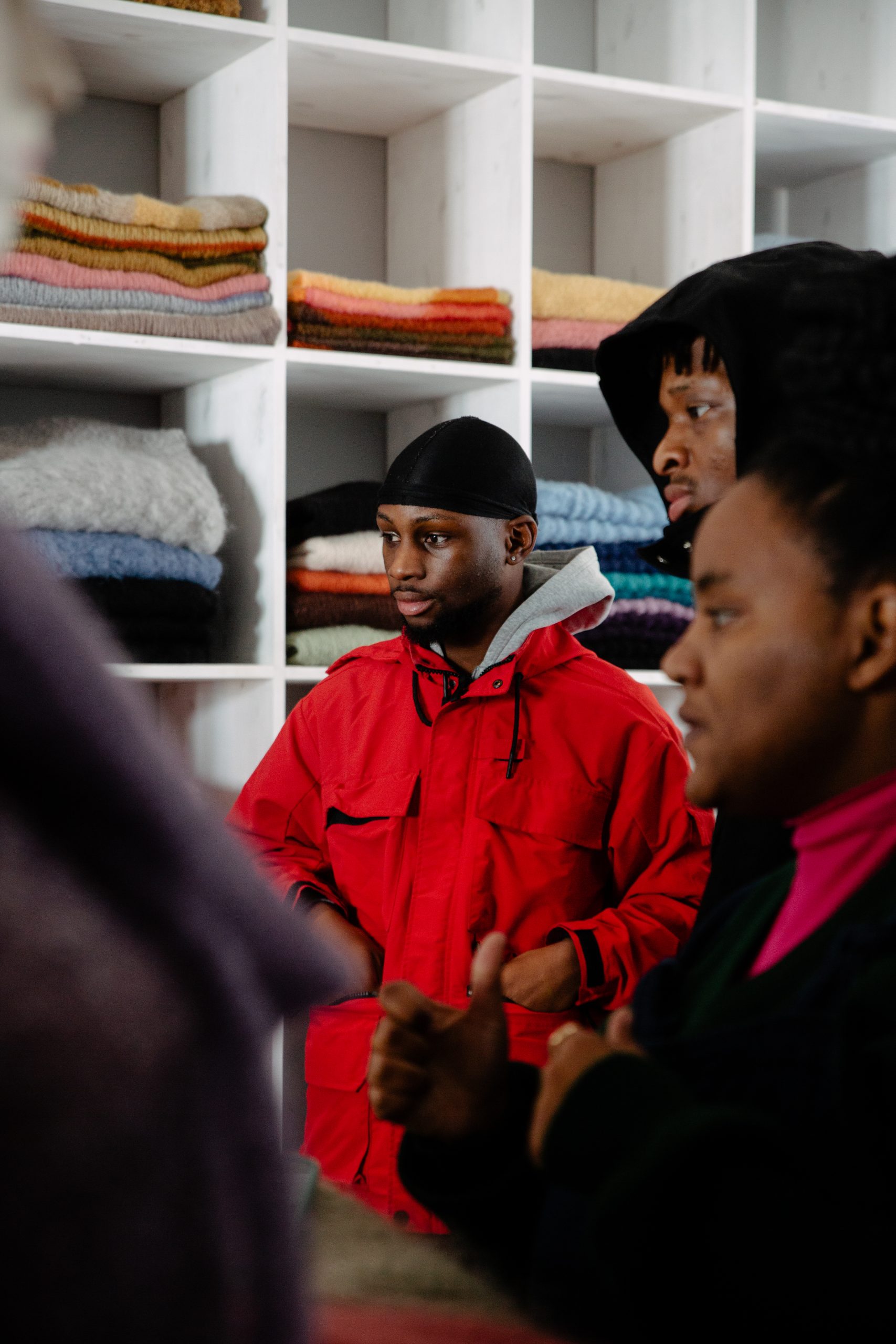
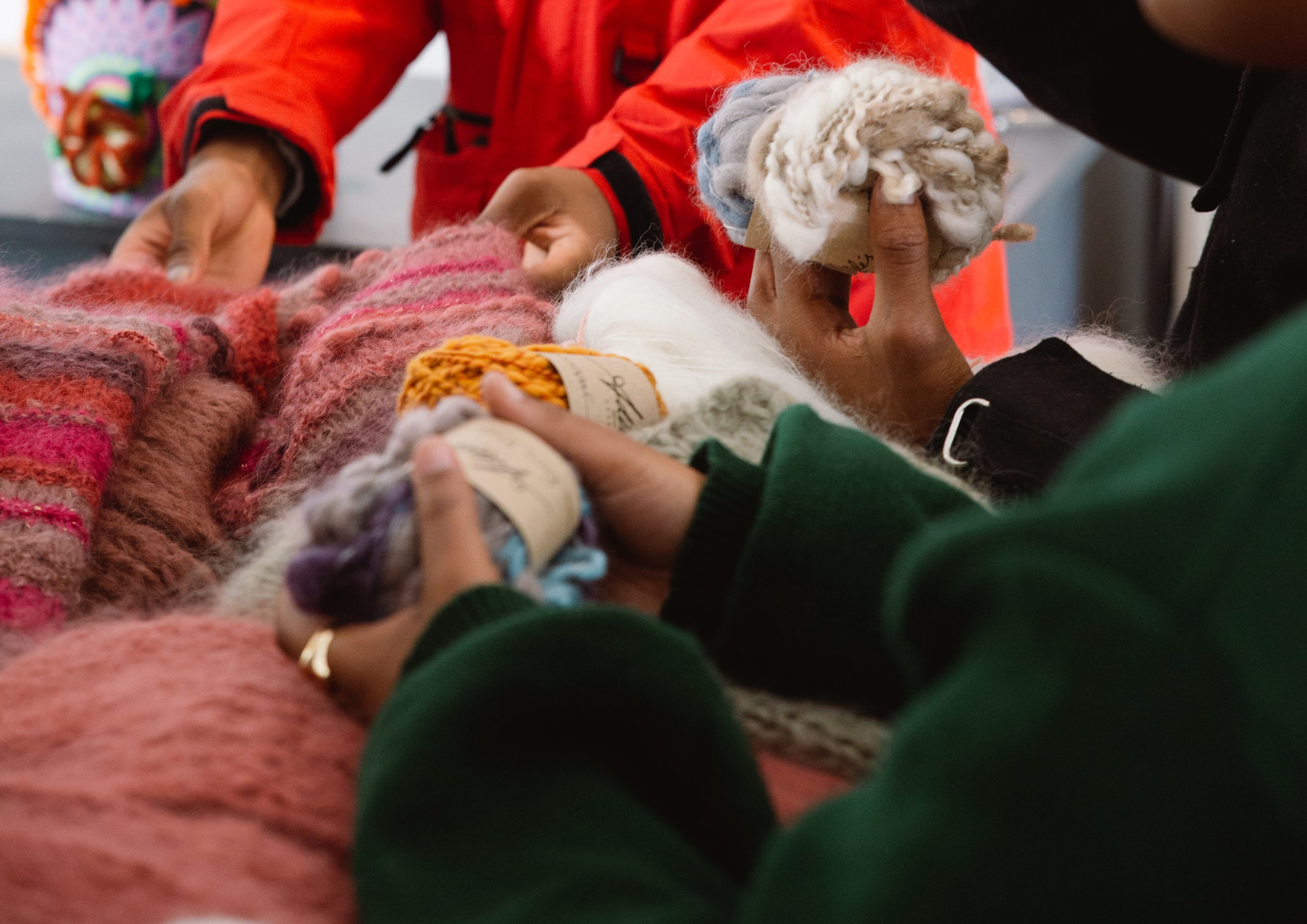
Following their time in the Karoo, the designers then met with the Ekasi Fashion Alliance, headed by Zuko Langeni, in Khayelitsha, Cape Town. Mbango and Morojele paired off, focusing on a combination of weaving and knitting techniques. Hlalethwa and Lassey decided on a mohair jacket in the shape of a shelter as a tribute to enslaved women in the 18th-century Cape. Their work was guided by mentors Ayanda Hans and Asanda Veco respectively showcasing True Fashion’s commitment to long-term growth and change.
Mohair’s origin in South Africa is a show of uneven cultural exchange, allowing one group to establish dominance over another. In True Fashion, mohair now becomes a site of collaboration and mutual understanding.
“This season, we wanted to focus on exchange. Between mentors and mentees and also between cultures. We wanted them to inspire each other and learn from one another” says Sophie Boulé, the cultural attachée and deputy director of IFAS.
She adds: “If you want sustainable fashion, you need sustainable projects. It takes time. It’s not a one shot. Which is why, at the French Institute of South Africa with support from the Institut Français in Paris, we are committed to establishing partnerships and creating opportunities around such projects.”
True Fashion Season 2 culminates in a showcase in Paris, with all the participants presenting their collections at Paris Fashion Week.
